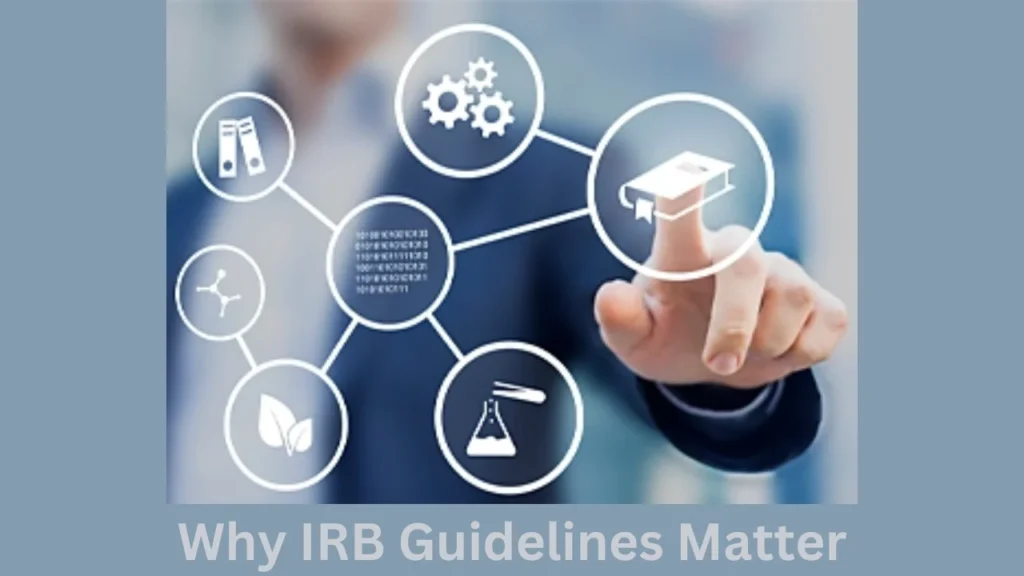
Collecting hair samples from brushes IRB guidelines play a critical role in ensuring ethical practices in research involving human subjects. This method is widely used in fields like genetics, forensic science, and environmental studies due to its non-invasive nature. However, researchers must adhere to these guidelines to protect participants’ rights, privacy, and overall well-being. Proper compliance with these standards not only ensures participant safety but also enhances the credibility of the research.
What Are Collecting Hair Samples from Brushes IRB Guidelines?
Institutional Review Boards (IRBs) are responsible for overseeing research involving human participants, including studies focused on collecting hair samples. Collecting hair samples from brushes IRB guidelines provide a framework to evaluate the ethical aspects of such studies. Researchers must obtain IRB approval by submitting detailed plans that outline their study’s purpose, procedures, potential risks, and benefits. This ensures that participants’ rights and welfare are prioritized at every stage of the research process.
What Are IRB Guidelines?
IRB guidelines are a set of standards and protocols established by an Institutional Review Board (IRB) to ensure the ethical conduct of research involving human participants. These guidelines safeguard the rights, welfare, and privacy of individuals participating in studies and are critical for maintaining ethical and legal standards in research.
Read Also: MineKhan: The Best Free Alternative to Minecraft
The Role of the Institutional Review Board (IRB)
An IRB is a committee responsible for reviewing, approving, and monitoring research that involves human participants. It evaluates research proposals to ensure they comply with ethical principles such as respect for persons, beneficence, and justice. These principles are foundational to IRB guidelines, ensuring that research is conducted responsibly and ethically.
Key Principles of IRB Guidelines
IRB guidelines are based on three core ethical principles outlined in the Belmont Report:
Respect for Persons: Ensuring participants provide informed consent and understand the research’s purpose and procedures.
Beneficence: Minimizing potential risks and maximizing benefits to participants.
Justice: Ensuring fair treatment and equitable selection of participants.
These principles guide the IRB’s evaluation process and ensure research integrity.
Importance of Informed Consent
A fundamental requirement of IRB guidelines is obtaining informed consent from participants. Researchers must clearly explain the study’s purpose, methods, potential risks, and benefits. Participants must voluntarily agree to participate without coercion and retain the right to withdraw at any time. This process ensures participants make informed decisions about their involvement in the study.
Privacy and Confidentiality in Research
IRB guidelines emphasize the importance of protecting participants’ privacy and maintaining confidentiality. Researchers must anonymize data and samples by using unique codes instead of personal identifiers. Access to sensitive information should be restricted to authorized personnel only, and all data should be securely stored. These measures are crucial for building trust between researchers and participants.
Risk-Benefit Analysis
Another critical aspect of IRB guidelines is conducting a risk-benefit analysis. The IRB evaluates whether the potential benefits of the research outweigh any risks to participants. Researchers must minimize risks, whether physical, psychological, or social, and ensure that participation in the study does not cause undue harm or discomfort.
Regulatory Compliance
Compliance with local, national, and institutional regulations is essential under IRB guidelines. These rules vary by jurisdiction and research type but generally focus on ensuring the safety and ethical treatment of participants. Researchers must stay updated on relevant regulations to avoid legal and ethical violations.
Best Practices for Adhering to IRB Guidelines
To comply with IRB guidelines, researchers should:
Develop a detailed research protocol outlining the study’s objectives, methods, and ethical considerations.
Obtain informed consent and document the process thoroughly.
Ensure data and sample confidentiality through proper anonymization and secure storage.
Regularly review and update research protocols to align with evolving ethical standards.
By following these practices, researchers can uphold the principles of ethical research and maintain public trust in their studies.

Why IRB Guidelines Matter
IRB guidelines play a vital role in protecting participants and ensuring ethical research practices. They provide a framework for conducting studies that respect participants’ rights and maintain scientific integrity. Adhering to these guidelines not only ensures compliance with ethical standards but also enhances the credibility and reliability of the research findings.
The Role of Informed Consent in Collecting Hair Samples from Brushes IRB Guidelines
Informed consent is a cornerstone of collecting hair samples from brushes IRB guidelines. Participants need to be fully aware of the study’s objectives, how their hair samples will be used, and any potential risks or benefits. Consent must be given voluntarily, without pressure or coercion, and researchers are required to provide information in simple, accessible language. This process fosters trust and ensures that participants can make informed decisions about their involvement in the study.
Privacy and Confidentiality in Collecting Hair Samples from Brushes IRB Guidelines
Privacy protection is a fundamental requirement of collecting hair samples from brushes IRB guidelines. Researchers must anonymize samples by labeling them with unique codes instead of personal identifiers. This prevents any direct association between a participant and their sample. Furthermore, data and samples should be stored securely, with access limited to authorized personnel only. Following these privacy measures safeguards participants’ confidentiality and upholds the integrity of the research.
Standardized Procedures for Collecting Hair Samples from Brushes
Maintaining standardized procedures is essential for adhering to collecting hair samples from brushes IRB guidelines. The process involves carefully extracting hair strands using clean, sterilized tools to avoid contamination. Researchers must label and document samples accurately to ensure proper analysis and organization. By following these practices, they can maintain sample integrity and ensure ethical handling throughout the study.
| Key Aspects of Sample Collection | Details |
|---|---|
| Use sterilized tools | Prevents contamination and maintains sample quality. |
| Label samples with unique codes | Ensures anonymity and simplifies organization. |
| Store samples securely | Protects privacy and maintains integrity. |
Ethical Implications of Collecting Hair Samples from Brushes IRB Guidelines
Ethical considerations are integral to collecting hair samples from brushes IRB guidelines. Researchers must assess potential risks and ensure that the benefits of their study outweigh any harm. Transparency about the study’s goals and methods is crucial for respecting participants’ autonomy. By adhering to these ethical principles, researchers can foster trust and contribute positively to their field of study.
Regulatory Compliance in Collecting Hair Samples from Brushes IRB Guidelines
Compliance with local, national, and institutional regulations is a non-negotiable aspect of collecting hair samples from brushes IRB guidelines. Laws governing human biological sample collection vary by region, and researchers must stay informed about these regulations. Following legal and institutional standards protects participants and ensures the research is both ethically and legally sound.
Best Practices for Adhering to Collecting Hair Samples from Brushes IRB Guidelines
To align with collecting hair samples from brushes IRB guidelines, researchers should implement best practices in every phase of their study. This includes creating a clear research plan, obtaining informed consent, anonymizing data, and following standardized sample collection protocols. By regularly reviewing and updating their methods, researchers can maintain compliance with ethical standards and produce reliable results.
Read Also: W=Fd : How Force and Distance Define Work
Collecting Hair Samples from Brushes IRB Guidelines
| Aspect | Description |
|---|---|
| Informed Consent | Participants must understand the study’s purpose, risks, and benefits and provide voluntary consent. |
| Privacy Protection | Anonymize hair samples using unique codes and avoid using personal identifiers. |
| Confidentiality | Store data and samples securely with access limited to authorized personnel. |
| Sample Collection Process | Use sterilized tools to collect hair strands and minimize contamination. |
| Risk-Benefit Analysis | Evaluate whether the benefits of the study outweigh potential risks to participants. |
| Compliance with Regulations | Follow local, national, and institutional laws governing human biological sample collection. |
| Data Handling | Maintain proper documentation of all samples and their respective codes. |
| Ethical Review | Obtain IRB approval by submitting detailed research protocols for evaluation. |
Conclusion
Adhering to collecting hair samples from brushes IRB guidelines is vital for conducting ethical and credible research. These guidelines ensure that participants’ rights are protected and that privacy and confidentiality are upheld. Through informed consent, standardized procedures, and strict compliance with regulations, researchers can conduct studies that are both scientifically valuable and ethically sound. By following these principles, studies involving hair sample collection can make meaningful contributions to fields like genetics, forensics, and beyond, while maintaining public trust and integrity.






